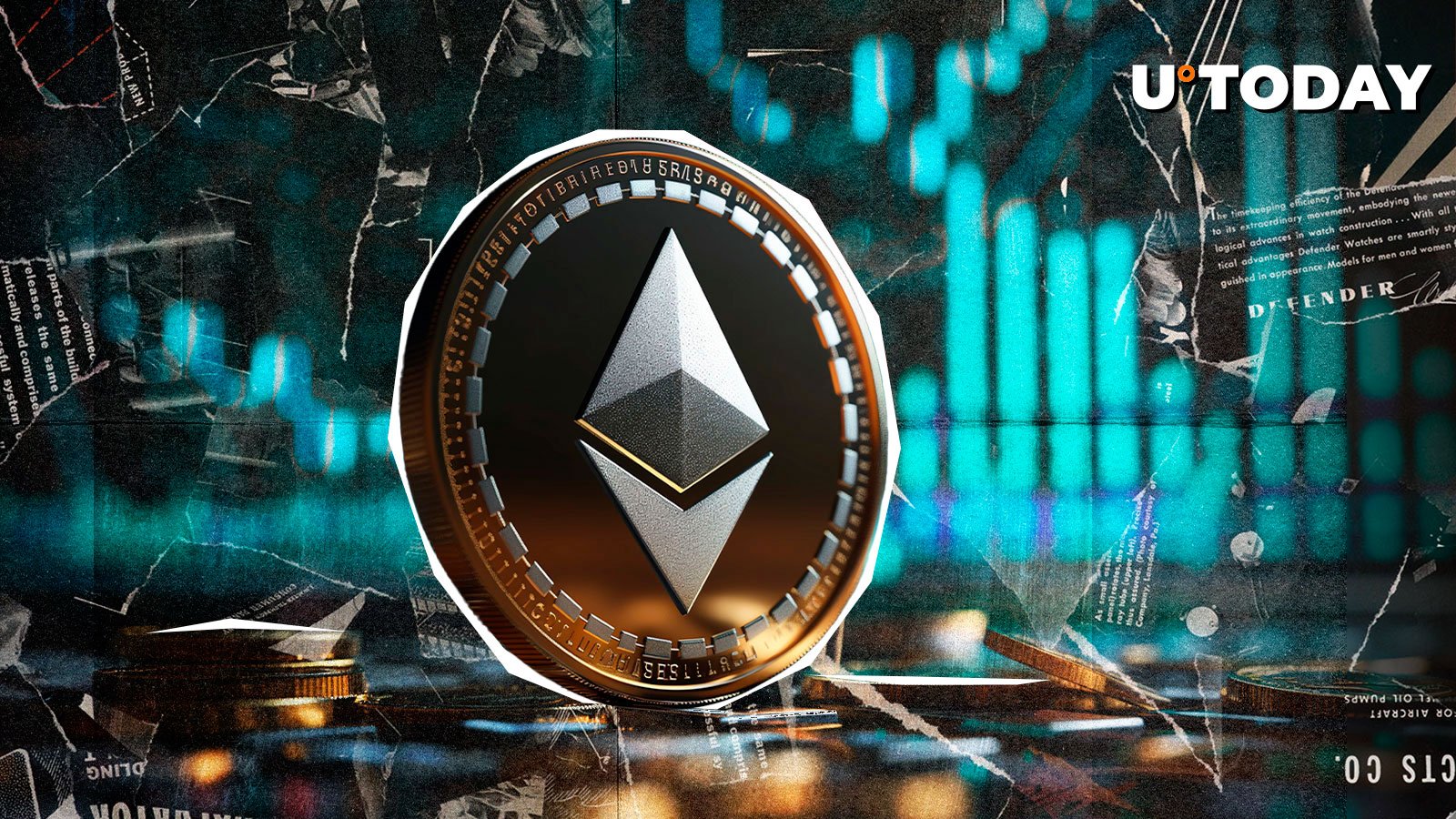88YTY News Hub
Stay updated with the latest trends and news.
ETH: A Rollercoaster Ride in the Crypto Wonderland
Dive into the wild world of ETH! Experience the thrilling ups and downs of crypto like never before. Buckle up for the ride!
Understanding the Ethereum Ecosystem: Key Concepts and Components
The Ethereum ecosystem is a complex and dynamic network that extends far beyond just the cryptocurrency known as Ether (ETH). At its core, Ethereum is a decentralized platform that enables developers to create and deploy smart contracts and decentralized applications (dApps). These innovations are built on the Ethereum Virtual Machine (EVM), which allows for the execution of code in a secure and immutable environment. Understanding the key components of this ecosystem, such as smart contracts, tokens like ERC-20 and ERC-721, and decentralized finance (DeFi), is crucial for anyone looking to navigate this rapidly evolving landscape.
In addition to the core functionalities, the Ethereum ecosystem is also enriched by various protocols and tools that enhance its capabilities. For instance, decentralized autonomous organizations (DAOs) allow communities to self-govern and make collective decisions, while layer 2 solutions like Polygon and rollups improve scalability and reduce transaction costs. Furthermore, the rise of non-fungible tokens (NFTs) has opened new avenues for creators and investors alike, demonstrating the versatility of Ethereum's infrastructure. To fully appreciate the potential of this ecosystem, one must grasp how these components interact and contribute to the broader goals of transparency, decentralization, and innovation.

The History of Ethereum: Major Milestones in its Rollercoaster Journey
The history of Ethereum is a tale of innovation, ambition, and resilience in the ever-evolving world of blockchain technology. Launched in July 2015 by Vitalik Buterin and his team, Ethereum introduced a revolutionary concept by allowing developers to build decentralized applications (dApps) on its platform. One of the major milestones in its journey came in 2016, when the DAO incident shocked the community, resulting in a hard fork that created Ethereum and Ethereum Classic. This event not only showcased the vulnerabilities in smart contracts but also set the stage for Ethereum's commitment to continuous improvement and security.
Following the DAO fallout, Ethereum saw major advancements with the release of Ethereum 2.0, which aimed to address scalability and energy efficiency issues through a shift from proof-of-work to proof-of-stake consensus mechanism. The Beacon Chain launch in December 2020 marked the first step in this transition, followed by the much-anticipated merge that occurred in September 2022. Throughout its rollercoaster journey, Ethereum has adapted to the challenges it faced while attracting a vast ecosystem of developers, investors, and users, solidifying its position as a leading platform in the decentralized finance (DeFi) and non-fungible token (NFT) spaces.
Why is Ethereum So Volatile? Unpacking the Factors Behind Price Fluctuations
Ethereum's volatility can primarily be attributed to its decentralized nature and the inherent characteristics of the cryptocurrency market. Unlike traditional assets, digital currencies like Ethereum are less regulated, leading to rapid price swings driven by market sentiment and speculation. The influence of major news events or technological advancements, such as updates to the Ethereum network or changes in regulatory policies, can also create significant fluctuations. These shifts are heightened in a market often characterized by low liquidity, where large transactions can disproportionately impact prices.
Additionally, Ethereum is subject to various external factors that contribute to its price volatility. The growing interest from institutional investors has brought more attention to the asset, but it has also introduced additional complexities. Investor sentiment can shift quickly, leading to panic selling or exuberant buying that amplifies price changes. Furthermore, technological challenges, competition from other blockchain platforms, and the overall trends in the cryptocurrency market play crucial roles in driving Ethereum's price dynamics, making it a constantly shifting landscape for traders and enthusiasts alike.